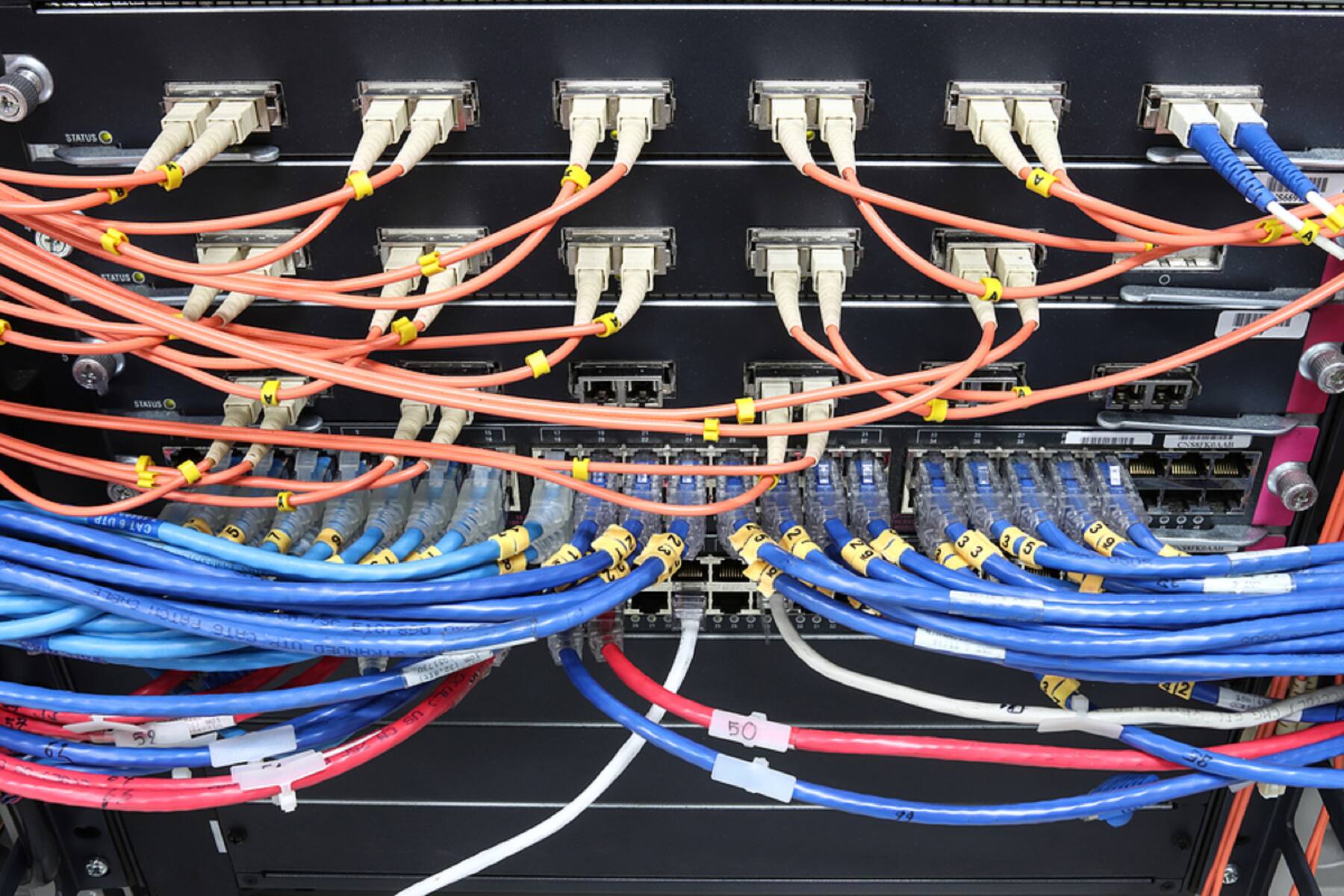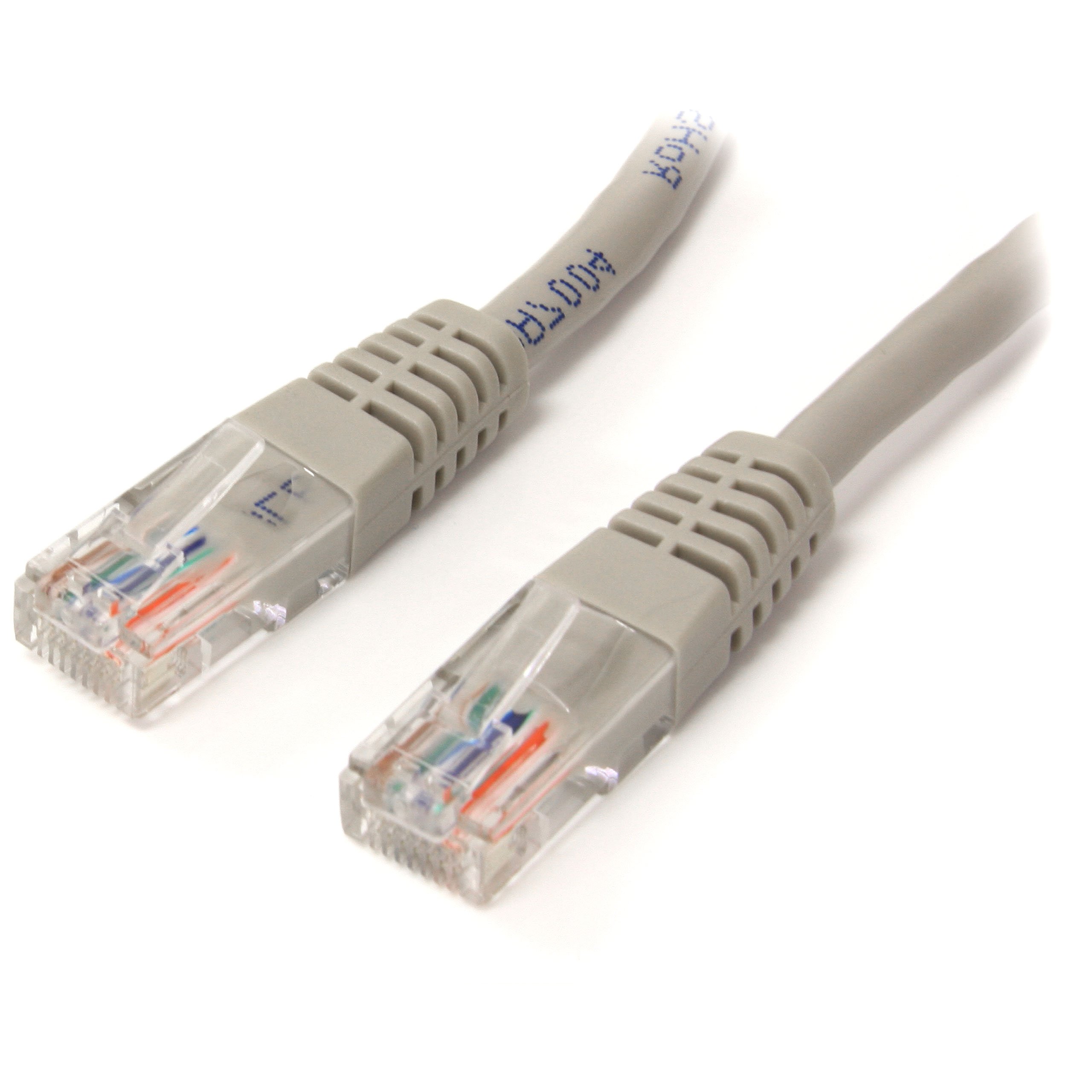Introduction
Understanding the Limitations of Network Switch Range
Network switches are indispensable components of modern networking infrastructure, facilitating the seamless flow of data within local area networks (LANs). However, these devices are not without their limitations, particularly in terms of the distance over which they can effectively operate. Understanding the factors that restrict the range of network switches is crucial for network administrators and IT professionals seeking to optimize their network performance.
The limitations on network switch range are a common concern for organizations with expansive physical footprints, such as large office complexes, educational institutions, or industrial facilities. The inability of network switches to extend beyond certain distances can pose significant challenges in maintaining consistent connectivity throughout these environments.
In this article, we will delve into the intricacies of network switch range limitations, exploring the factors that contribute to this constraint and examining potential solutions for extending the range of network switches. By gaining a comprehensive understanding of these limitations and their underlying causes, network administrators can make informed decisions to enhance their network infrastructure and mitigate the impact of range restrictions. Let's explore the complexities of network switch range and discover strategies to overcome these constraints.
Understanding Network Switches
Network switches are essential networking devices that play a pivotal role in directing data traffic within a local area network (LAN). Unlike hubs, which indiscriminately broadcast data to all connected devices, switches intelligently forward data packets only to their intended destinations, optimizing network efficiency and reducing congestion.
These devices operate at the data link layer of the OSI model, utilizing MAC addresses to efficiently route data to the appropriate devices within the network. By leveraging this layer 2 functionality, switches enable seamless communication between connected devices while effectively managing bandwidth and network performance.
Modern network switches are equipped with multiple ports, allowing for the connection of numerous devices within the LAN. Additionally, advancements in switch technology have led to the development of managed switches, which offer enhanced control and configurability, and unmanaged switches, which are plug-and-play devices suitable for simpler networking needs.
Understanding the fundamental operation of network switches is crucial for comprehending the limitations that affect their range. While switches excel in optimizing local data traffic, their effectiveness is constrained by the distance over which they can reliably transmit data. This constraint stems from various factors, including signal degradation and latency, which become more pronounced over extended distances.
By grasping the core functionality of network switches and the intricacies of their operation, network administrators can gain valuable insights into the factors influencing their range limitations. This understanding serves as a foundation for exploring strategies to extend the range of network switches and optimize network performance across diverse environments.
Limitations of Network Switches
Network switches, while highly effective in managing local data traffic, are inherently constrained by limitations that restrict the distance over which they can reliably transmit data. These limitations pose significant challenges for organizations with expansive physical footprints, as maintaining consistent connectivity across extended distances becomes increasingly difficult.
One of the primary limitations of network switches is the degradation of signal strength over distance. As data travels through the network cables, attenuation occurs, leading to a reduction in signal strength. This phenomenon becomes more pronounced over longer cable runs, ultimately impacting the switch’s ability to transmit data effectively beyond a certain range.
Furthermore, latency, or the delay in data transmission, becomes a notable concern as the distance between network devices increases. While switches are adept at minimizing latency within local networks, this challenge becomes more pronounced when attempting to extend network connectivity over significant distances. The increased latency can impede real-time communication and data transfer, compromising the overall performance of the network.
Another factor contributing to the limitations of network switches is the susceptibility to electromagnetic interference over extended distances. External factors such as electromagnetic fields, radio frequency interference, and crosstalk can disrupt data transmission, leading to errors and packet loss. These interference sources become more prevalent as the distance between network devices grows, further constraining the effective range of network switches.
Additionally, the type of network cabling used can impact the range limitations of network switches. While copper Ethernet cables are commonly employed for local network connections, their effectiveness diminishes over longer distances. Fiber optic cables, known for their high bandwidth and immunity to electromagnetic interference, offer a viable alternative for extending network switch range but may require additional infrastructure and investment.
Understanding these limitations is essential for network administrators seeking to optimize network performance across diverse environments. By acknowledging the constraints imposed by distance, signal degradation, latency, and interference, organizations can explore strategies to mitigate these challenges and extend the range of their network switches effectively.
Factors Affecting Network Switch Range
The range of network switches is influenced by a myriad of factors, each playing a critical role in determining the effective distance over which these devices can transmit data reliably. Understanding these factors is essential for network administrators seeking to optimize network performance and overcome the limitations imposed by distance constraints.
Signal Degradation: As data traverses through network cables, signal degradation occurs, leading to a reduction in signal strength. This phenomenon, known as attenuation, becomes more pronounced over extended cable runs, impacting the switch’s ability to transmit data effectively over long distances. The type and quality of the network cabling, as well as the transmission frequency, significantly influence the extent of signal degradation and, consequently, the achievable network switch range.
Latency: The delay in data transmission, often referred to as latency, is a critical factor affecting network switch range. As the distance between network devices increases, the latency in data transmission becomes more pronounced. This delay can impede real-time communication and data transfer, particularly in applications requiring rapid responsiveness. Minimizing latency over extended distances is a key consideration for organizations aiming to optimize network performance across diverse environments.
Electromagnetic Interference: Network switch range is also influenced by external factors such as electromagnetic interference, radio frequency interference, and crosstalk. These sources of interference can disrupt data transmission, leading to errors and packet loss, particularly over extended distances. Shielding network cabling, utilizing twisted pair cables, and employing proper grounding techniques are essential measures to mitigate the impact of electromagnetic interference on network switch range.
Cable Type and Infrastructure: The type of network cabling employed significantly impacts the range limitations of network switches. While copper Ethernet cables are suitable for local network connections, their effectiveness diminishes over longer distances due to signal degradation. In contrast, fiber optic cables offer high bandwidth and immunity to electromagnetic interference, making them an ideal choice for extending network switch range. However, deploying fiber optic infrastructure may necessitate additional investment and specialized equipment.
Environmental Factors: Environmental conditions, such as temperature, humidity, and physical obstructions, can also affect network switch range. Extreme temperatures and humidity levels may impact the performance of network equipment, while physical obstructions, such as walls and structural barriers, can attenuate signal strength and limit the effective range of network switches.
By comprehensively understanding these factors, network administrators can devise strategic approaches to extend the range of network switches and optimize network performance in diverse operational environments. Mitigating the impact of signal degradation, latency, electromagnetic interference, and environmental factors is essential for overcoming the constraints imposed on network switch range and ensuring consistent connectivity across extended distances.
Solutions for Extending Network Switch Range
Network administrators and IT professionals can employ various strategies and technologies to extend the range of network switches, mitigating the constraints imposed by distance limitations and optimizing network connectivity across diverse environments.
Utilizing Fiber Optic Cabling:
Deploying fiber optic cables offers a compelling solution for extending the range of network switches. Fiber optic infrastructure provides high bandwidth and immunity to electromagnetic interference, making it an ideal choice for transmitting data over extended distances. By leveraging fiber optic cabling, organizations can effectively overcome the limitations associated with signal degradation and achieve greater network switch range.
Implementing Signal Boosting Devices:
Signal boosting devices, such as repeaters and amplifiers, can be strategically deployed to enhance the range of network switches. These devices amplify the strength of data signals, compensating for signal degradation over extended cable runs. By strategically placing signal boosting devices within the network infrastructure, organizations can extend the reach of their network switches and maintain reliable connectivity across expansive physical environments.
Employing Managed Switches with VLANs:
Managed switches equipped with Virtual Local Area Networks (VLANs) offer a versatile solution for extending network switch range. By segmenting the network into distinct VLANs, organizations can effectively manage and extend network connectivity across varied physical locations. VLANs enable the creation of logical networks within a single physical infrastructure, allowing for efficient data transmission over extended distances while maintaining network security and performance.
Optimizing Network Cable Infrastructure:
Upgrading and optimizing the network cable infrastructure can significantly impact the range of network switches. Employing high-quality, low-attenuation network cables and adhering to proper cable management practices can minimize signal degradation and enhance the effective range of network switches. Additionally, utilizing shielded cables and implementing proper grounding techniques can mitigate the impact of electromagnetic interference, further extending network switch range.
Implementing Wireless Access Points:
Integrating wireless access points into the network infrastructure offers a practical approach to extending network switch range, particularly in environments where physical cabling limitations exist. By strategically deploying wireless access points, organizations can bridge the gap between network switches and remote devices, extending connectivity beyond the constraints of traditional wired infrastructure.
By leveraging these solutions and technologies, organizations can effectively extend the range of network switches, optimize network performance, and ensure consistent connectivity across diverse operational environments. Understanding the diverse strategies available for extending network switch range empowers network administrators to make informed decisions and implement tailored solutions that align with their specific infrastructure requirements.

























